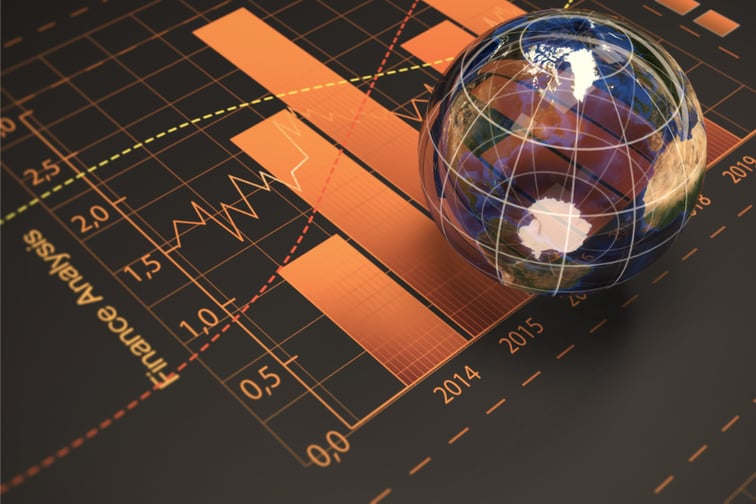

This year has presented a variety of challenges for the shipping and supply chain sector. The COVID-19 pandemic has brought a range of new – and time-sensitive – considerations into play. To provide e ective insurance solutions, it’s important that the marine insurance industry understands the changing landscape and challenging conditions in which their clients are operating.
During this pandemic, we have seen usual supply chain and logistics arrangements being impacted, with restrictions on both the movement of cargo and the workforce in those industries. This has led to longer shipping times, reduced availability of ship repair and dry dock facilities, and increased accumulations at warehouses, ports, and aboard vessels. Laid-up vessels, which would ordinarily be spread across the globe, are instead aggregated together and exposed to the same hazards. From a pure risk and insurance perspective, accessibility for surveyors and risk management due to travel restrictions and quarantines adds further struggles.
All marine insurers will see reduced turnovers across a variety of customer segments. However, we are also seeing some customers diversifying and gaining traction during these difficult times. A reduction in global trade doesn’t necessarily mean a reduction in insurance exposures for underwriters. In Australia, we are liaising closely with our clients and their advocates to understand their challenges and, where possible, provide underwriting solutions to meet their immediate and projected needs.
Aside from COVID-19, marine insurance faces several other challenges. Comparable to other segments of the market, marine insurance is experiencing reduced capacity globally, which is more of a concern on programs with large limits and increased risk factors. We are seeing clients searching outside their traditional home markets to secure capacity, which causes challenges for global insurers with regard to consistency and channel conflict.
“A reduction in global trade doesn’t necessarily mean a reduction in insurance exposures”
As the Lloyd’s market corrects its pricing and risk selection, it’s been pleasing to see that business is returning to the Australian marine market – however, the expectation from some clients has been for pricing and/or conditions to remain within the same range, even though their previous insurers are seeking increases and/or changes in conditions or have exited the market completely.
The 2015 Tianjin port explosion and the recent Beirut port explosion demonstrate that the global marine market can have significant aggregated insured values. Additionally, the cargo-carrying capacity of vessels continues to increase, as does the unit value of cargo being shipped. These factors mean insurers’ aggregations on land and sea can be substantial, thus increasing catastrophe exposures and potential general average contributions. The global market will need to work together to better understand combined exposures and mitigate risks; while insurtech and IoT will play a role in managing these risks, they remain a work in progress.
The push for cost efficiencies within the logistics chain also continues to increase risk and resulting losses. The introduction of the Chain of Responsibility legislation has yet to show its expected outcomes – however, it does show promise as a longer-term investment.
Finally, trade relationships, including new trade agreements and escalating tensions throughout the Asia-Pacifi c region, continue to create an evolving risk environment. The marine market needs to be across these changes to learn and develop with our clients.
The marine insurance sector also needs new faces and new ideas. Even prior to the pandemic, there had been a reduction in experience across underwriters, brokers, claims professionals and surveyors. The push to commoditise transactions in marine insurance has produced efficiencies – but the core understanding of the cover has reduced, especially when losses occur.
HDI Global has a proven track record of developing junior sta into established market practitioners within underwriting, claims and risk control. In Australia, we’ve employed qualifi ed engineers, actuaries and lawyers, using their interrelated skill sets to mould them into insurance experts in their specific fields.
The marine insurance market will continue to evolve to meet the challenges in the logistics environment. However, insurance cannot be the sole solution – risk management and risk mitigation will continue to be key components. Irrespective of external circumstances, HDI Global will still look to support our clients in managing their risk exposure.
 Joel Mitchell and Steve Croney are the marine underwriting managers for Australasia and the Southern Region, respectively, at HDI Global SE, Australia.
Joel Mitchell and Steve Croney are the marine underwriting managers for Australasia and the Southern Region, respectively, at HDI Global SE, Australia.
